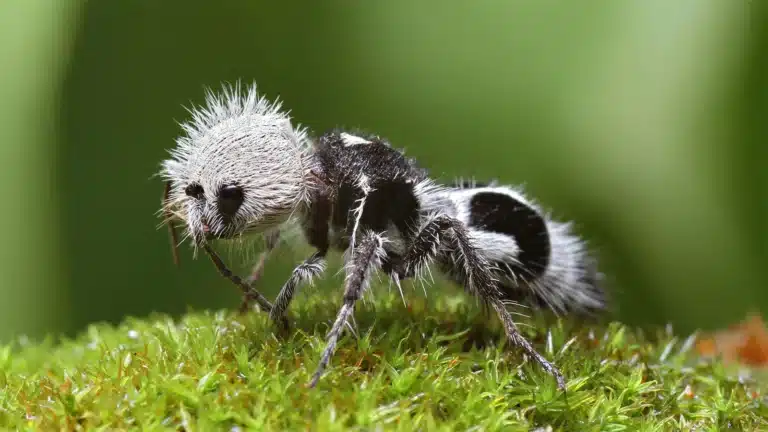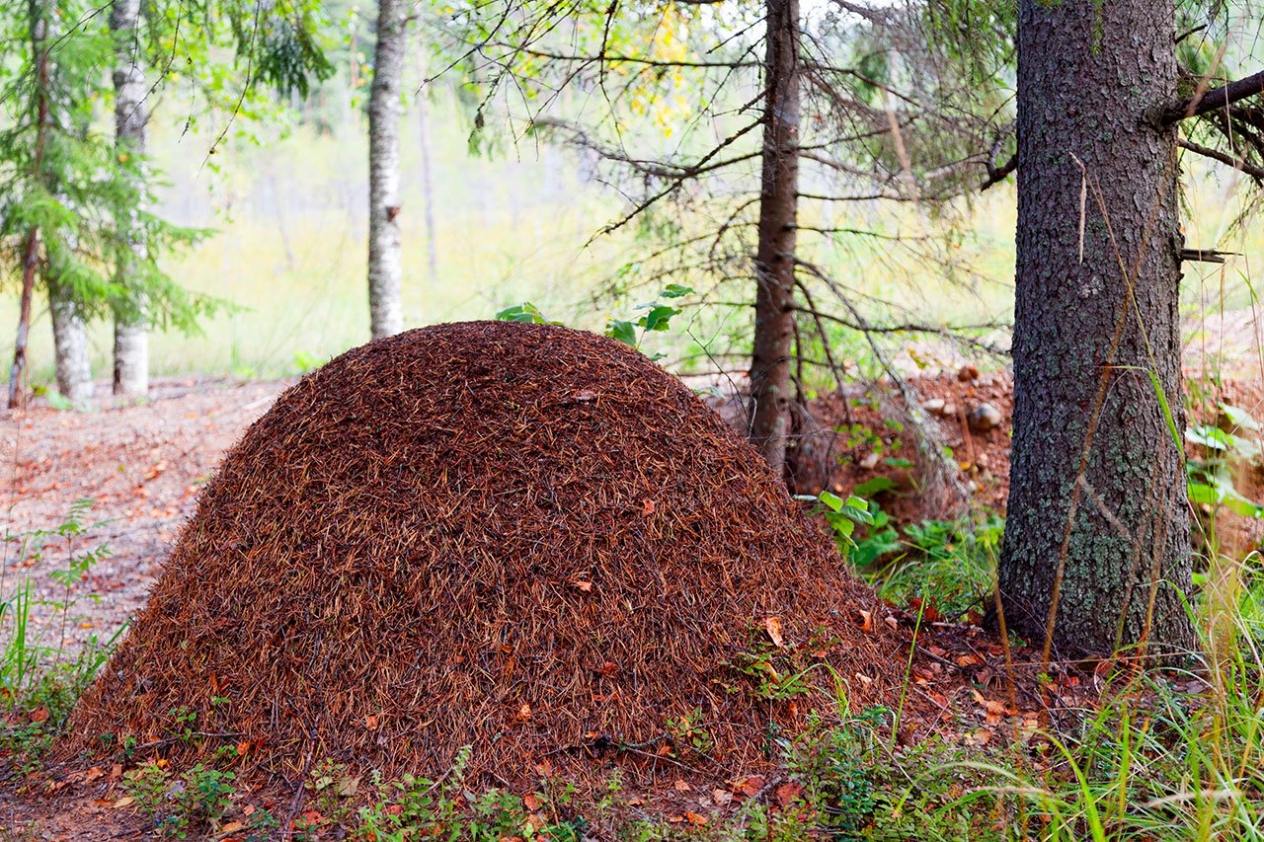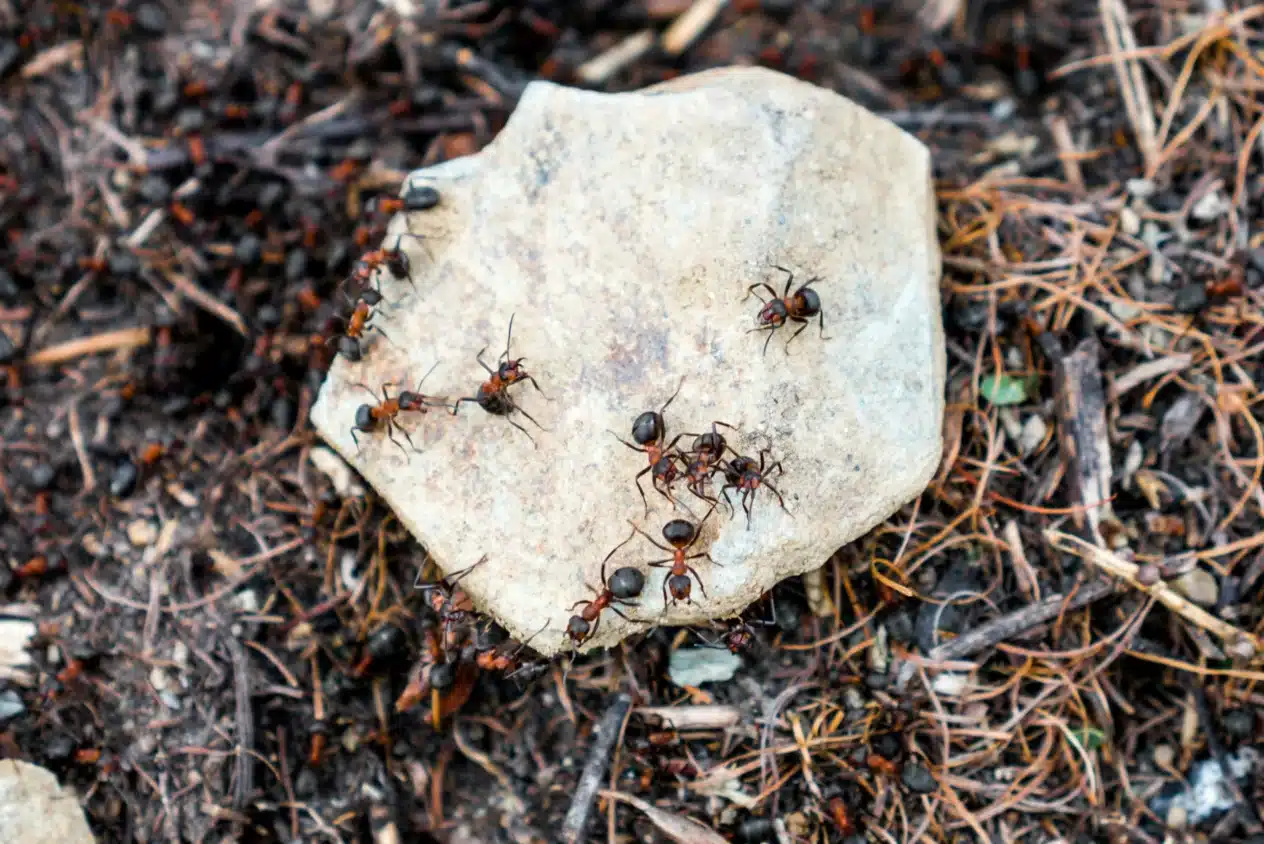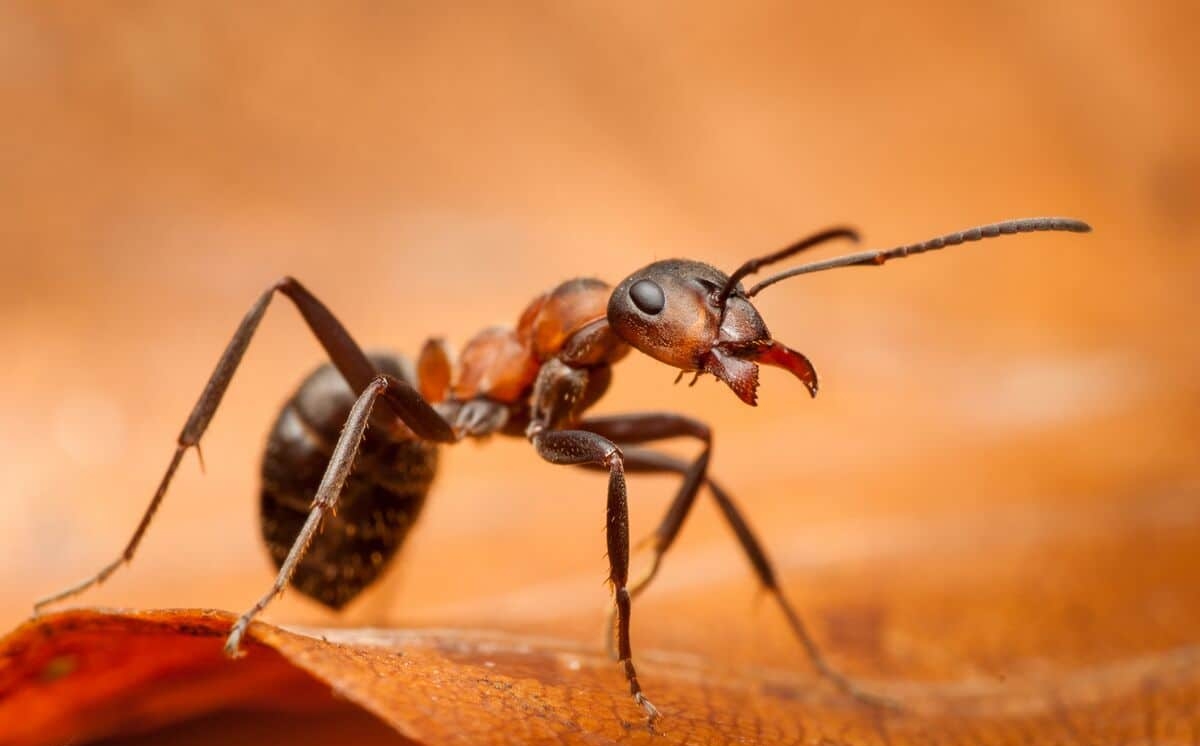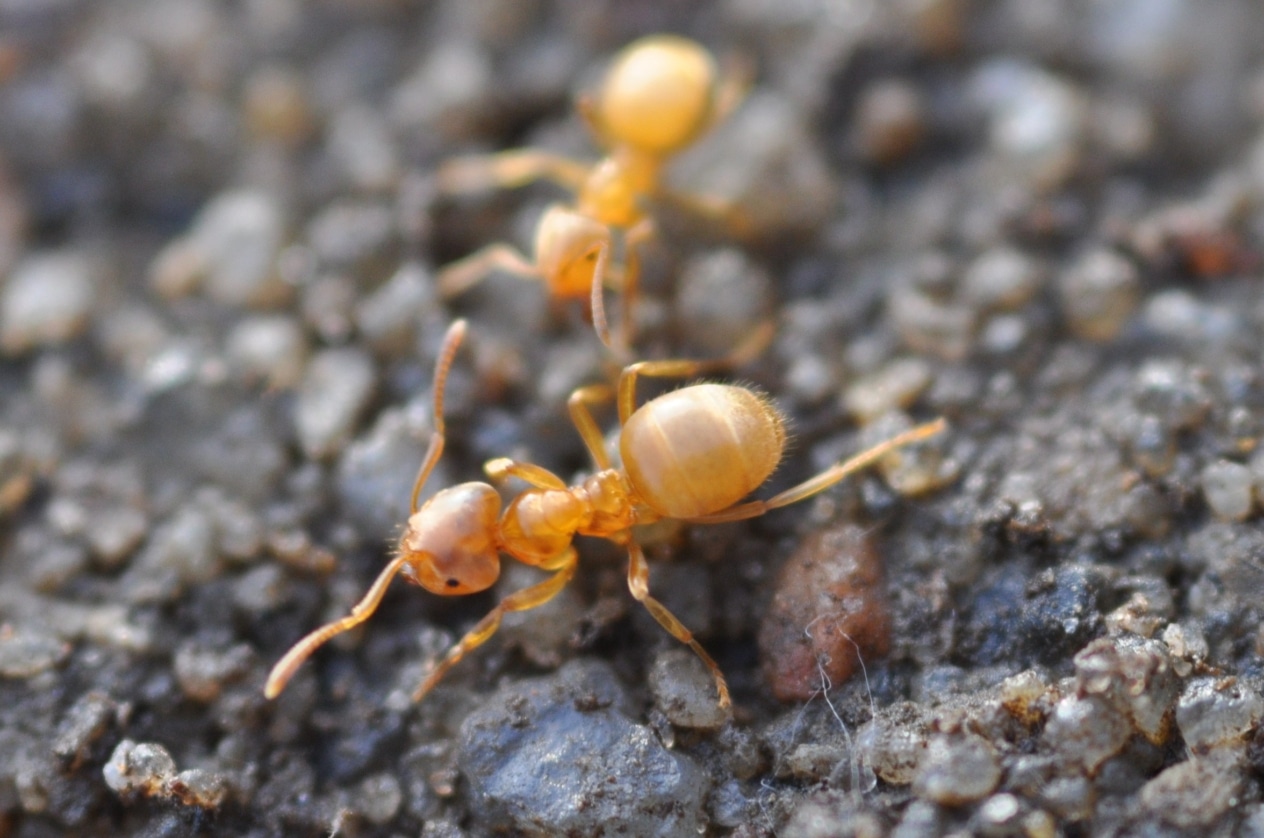- Introduction
- Structure of the anthill
- Social structure of the anthill
- Incredible strength and endurance
- Species of ants and their characteristics
- Role in nature
The nature of our planet Earth is extremely amazing. Every part of it, from a small grain of sand to a chunky rock, from a tiny insect to a giant elephant, has a special role in the existence of our world. If you take one of these parts away from nature, chaos will ensue, so every element is very important. Such are the tireless little laborers that are ants. Some may find it hard to believe that ants play an important role for our lives, but it is true. Therefore, further in our article we will talk about the peculiarities and incredible abilities of our small, but surprisingly smart cohabitants.
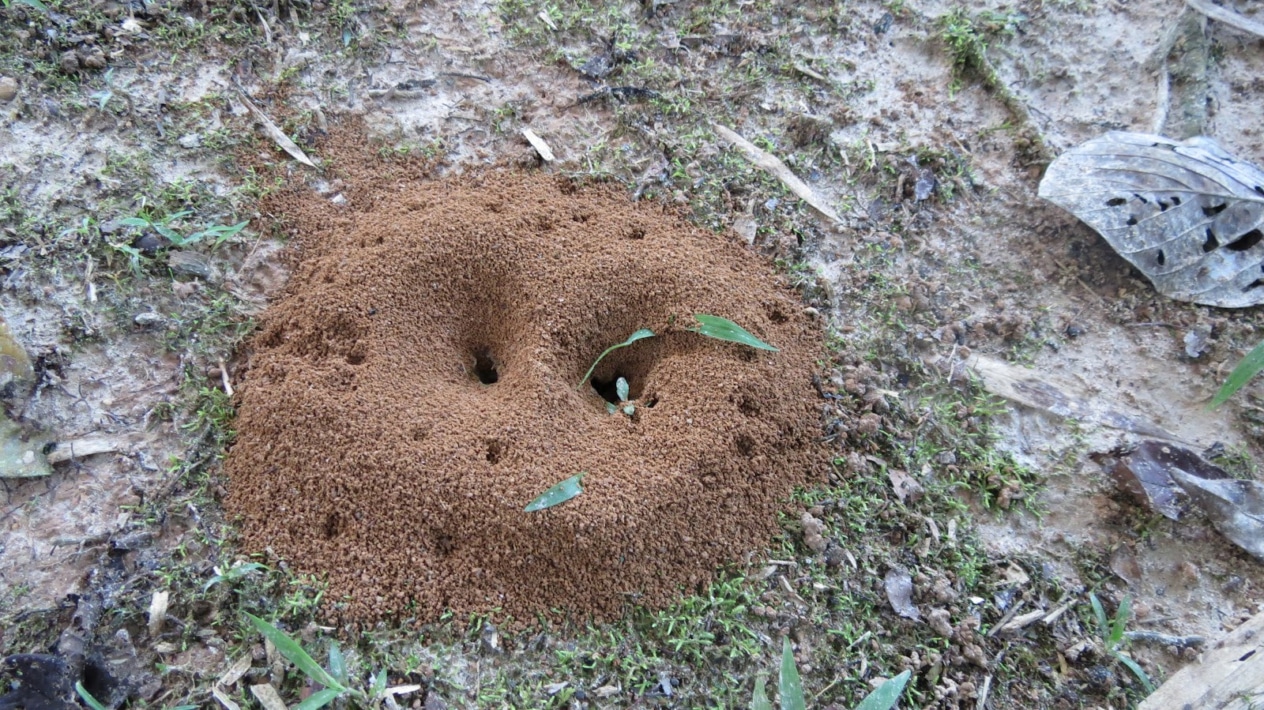
Structure of an anthill
Every anthill has a structure, although the size often varies depending on the species of ants or the number of family members. It is divided into two parts: that which is above ground level and underground. The anthill can be called a whole separate kingdom, with cells such as:“queen’s quarters“, here she lays eggs;“nursery“, where eggs develop and larvae are born;“bread pantry“, where ants store their “vegan” food;“meat pantry“, where dead insects are stored;“solarium” – a chamber under the very top of the anthill, where ants warm themselves;“hibernation chamber“, which is located in the underground part of the anthill, here ants winter;“barn“, where aphids grow;“cemetery“, an interesting fact is that ants realize that dead bodies can be a nursery of infections and cause disease, so they take their remains away from the anthill to a specially designated place.
Social structure of the anthill
Ants are a highly organized community, in which a clear hierarchy is developed, where everyone has his duty and flawlessly performs it. These little guys are considered by scientists to be the most developed among the family of insects. Each anthill has a queen who “produces” two classes of ants:
– the worker class, that is, worker ants;
– ants that are able to reproduce.
Yes, you read that right, working class ants in most species are sterile, they are born solely to perform tasks. In each anthill there are working positions, distributed in which is according to certain features of the ant, in particular: its age, size, power and even character. Here are some of the main positions:
1). Guard Ants. These ants usually differ in size from the usual workers, so they are perfectly suited for defense in case of attack by other ants or insects. Their duty is to patrol the entrances to the anthill as well as the areas around it, checking on other ants to keep “outsiders” out of their home, they also signal and alert the entire colony in case of danger.
2). Scout/seeker ants. The main tasks of this unit are to find food and to survey the area for danger. An important skill of these ants is excellent orientation in space, for this purpose they often use certain markings, the so-called pheromone trail, which helps them find their way.
3). Nanny ants. These ants are responsible for monitoring and order among the eggs and larvae. They control temperature, humidity, move the eggs to the most favorable conditions for growth and hatching, feed the offspring, and protect them if necessary. Usually young ants are the babysitters.
4). Shepherd ants. As you already know, ants have their own farm where they raise aphids. The task of these shepherds is to look after the aphids, protect them from other predators, also, if necessary, to transfer the aphids from the plant they ate to a new one, and also regulate the number of aphids in the “herd”. As strange as it may sound, but aphids can also be milked, so it is not for nothing that this area of the anthill is called the “barn”. The aphids secrete a sweet liquid called honeydew, and the ants collect it.
5). Sanitation ants. You may be surprised, but ants, as mentioned above, realize that garbage, food scraps, remains of dead insects and other organic waste can cause various diseases, so they remove all waste to a designated place away from the anthill.
6). Builder ants. The task of this caste is to erect an anthill, dig tunnels, arrange rooms, strengthen walls and create coziness in their home. It is also their job to repair the anthill if it is damaged and to transport building materials. As a rule, builders are more mature ants, not young ants.
Another class of ants are the continuers of the family. Surely you have noticed that often in an anthill you can observe ants that are large in size and have wings. These are the ants that will continue to procreate in the future. For a while they live with other members of the colony, eat, develop, grow and, when ready to mate, leave the nest and fly on their journey. After mating, the female looks for a place to lay her eggs and later, if all goes well, becomes queen of her anthill for years. The lifespan of males is much shorter, after mating they live for about a week and die.
Incredible strength and endurance
If we have mentioned their not-so-intellectual and social abilities, we cannot omit their physical advantages. In an equivalent comparison with humans, ants are incredibly strong, because they can lift a weight exceeding their own 50 times, that is, an average person with the strength of an ant could lift an object weighing about 3-4 thousand kilograms. This ratio allows us to consider them the strongest creatures on the planet.
Endurance, diligence and perseverance, they are also not inferior to most of the inhabitants of the planet. An important role is played by their resistance to unfavorable weather conditions, especially desert dwellers, which can survive the heat of +50oC. These small insects work tirelessly without rest. The duration of work can last even up to 20 hours. They often have to travel incredibly long and dangerous distances to provide the colony with food, safety and comfort. The secret of such success lies in close cooperation with other members of the family, as ants are insects that realize teamwork so professionally.
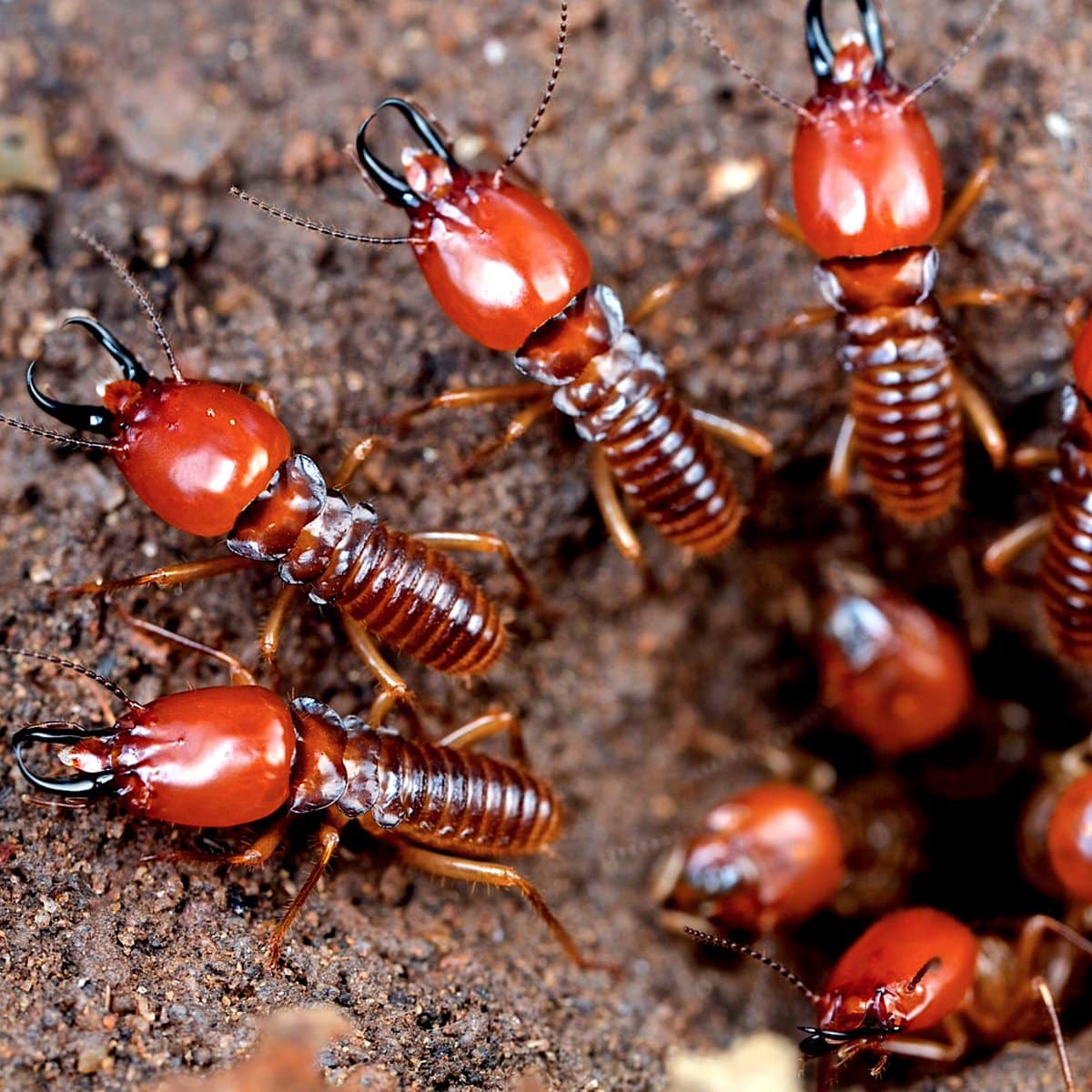
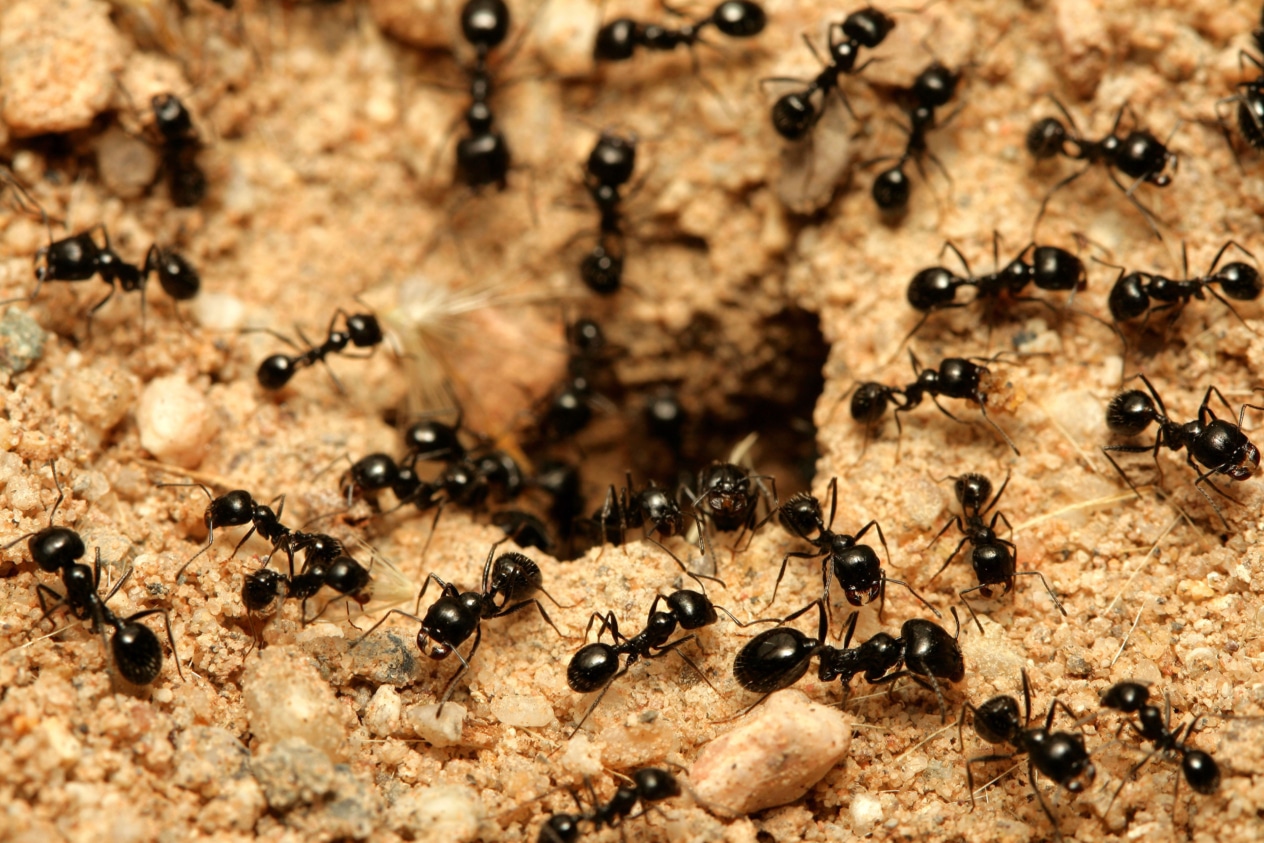
Types of ants and their characteristics
There are more than 14,000 species of ants in the world, considering and extinct. In Ukraine, there are about 146 species. The most common of them are:
– Black garden ant. The most visible to our eyes species of ants. According to some data, the life expectancy of the queen can reach 29 years. The body length of the mate is 9 mm. and the workers 3-5 mm. and the color is black. They are most often found in gardens, lawns and sometimes even settle in houses, which is often the cause of inconvenience to people.
– Red wood ant. These ants are known for their aggressiveness. They settle mainly underground in coniferous and mixed forests. Their size can be envied by black neighbors, as they can reach sizes up to 14 mm.
– Wood ants. Inhabit forests, most often found in dry wood. Considered quite large, they can reach a size of 6-13 cm. The coloration of these ants is dark brown.
– Pharaoh ant. Not as common as the ones listed above. They can wind up in houses and are considered pests. Controlling them is quite difficult because they hide deep in walls, under floors or in electrical appliances, and they also tend to multiply quickly. Unlike other ants, these ones are quite small – about 2mm. Color: yellow/reddish. They are often confused with termites.
– White ant. These insects are very rarely seen by humans, as they live mostly underground and rarely rise to the surface. It has a yellowish color and reaches a size of 2-4 mm.
Role in nature
Ants are one of the most important and useful elements of our ecosystem, except when they settle in houses and spoil valuable things. Their usefulness lies primarily in the processing of the soil, namely: by digging tunnels, they loosen and oxygenate the soil, in addition, these passages deeper penetrate moisture; also, the soil particles moved by ants, contribute to the even distribution of nutrients; the remains of plants, ants and other insects that produce anthills also nourish the soil. Ants are also considered forest sanitarians because they help decompose dead wood or insects more quickly. They also destroy many pests, such as fleas, aphids, caterpillars, mites, etc.
Another interesting fact is that some animals of the forest take what is called an “ant shower,” that is, they allow ants to climb on their bodies to cleanse them of parasites. For many insects and some animals, ants form an essential part of the diet, so their presence in nature is considered very important.
Ants provide the planet with a necessary set of opportunities for development and further existence. Their disappearance can have irreparable negative consequences for the entire ecosystem, including agriculture. Therefore, when dealing with ants, it is important to consider these factors, and be careful, as they play a fundamental role in shaping the natural environment of our planet.

